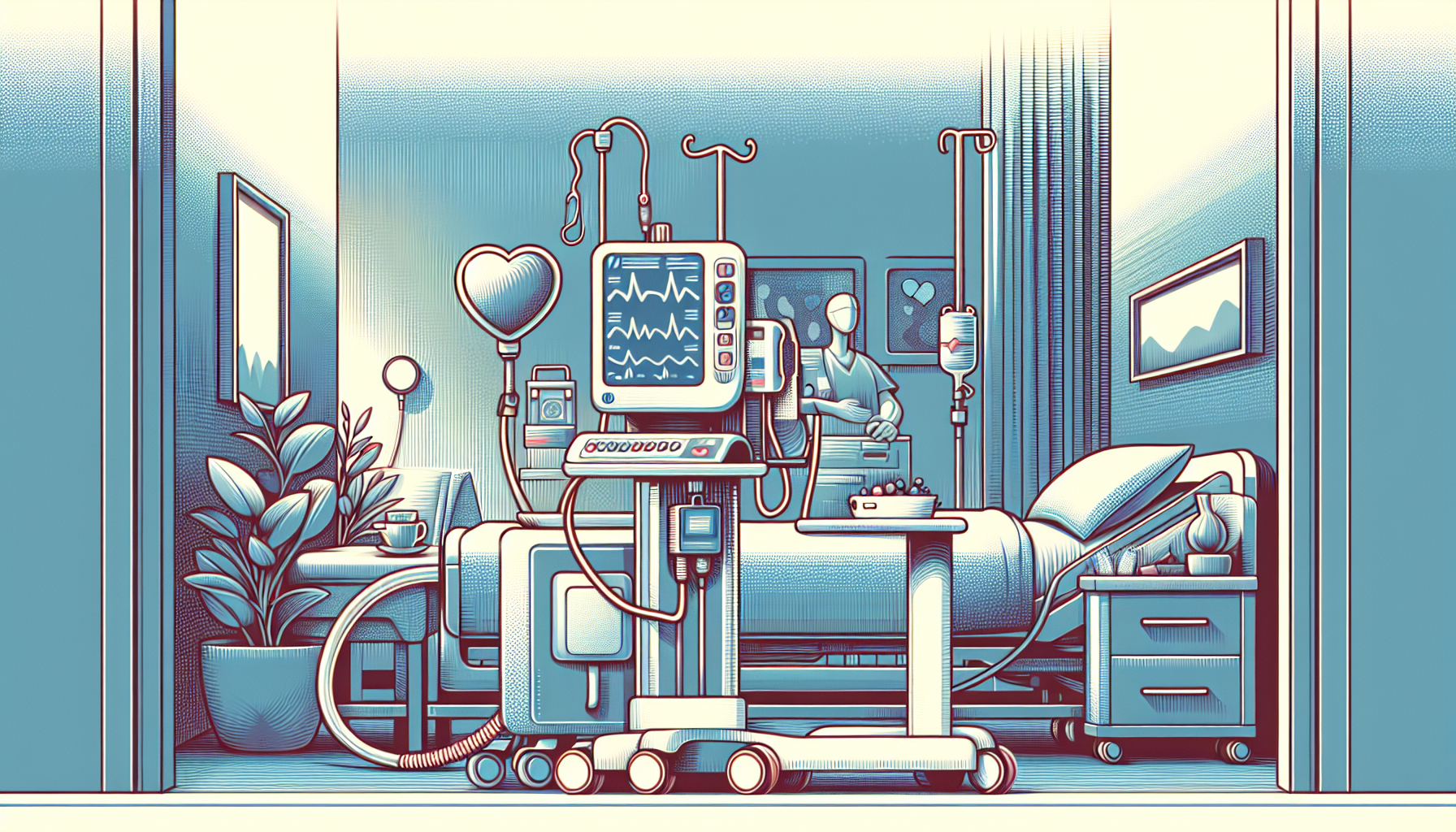Can I Take Zepbound a Day Early?
Key TakeawaysZepbound is a once-weekly injectable medication for weight management and obstructive sleep apnea (OSA) linked to obesity.Taking Zepbound a day early is [...]
Read More
Medically reviewed by Abhijit Bhattacharyya | MD, PhD, MBA, Tufts University School of Medicine - Miami, Florida on November 19th, 2024.
If you or a loved one has been diagnosed with heart failure, you may be surprised to learn that you can receive high-quality care in the comfort of your own home. Hospital-at-home programs, which have been successfully implemented in countries like Australia and many European nations, are now gaining traction in the United States. This innovative approach to healthcare offers a safe, effective, and comfortable alternative to traditional hospital stays.
Despite its name, heart failure doesn't mean that your heart has stopped working. Instead, it means that your heart isn't pumping as efficiently as it should, making it difficult to supply enough blood to meet your body's needs. Common symptoms of heart failure include fatigue, weakness, edema (swelling), rapid heartbeat, cough, wheezing, increased urination, difficulty climbing stairs or walking uphill, sudden weight gain, nausea, lack of appetitie or decreased concentration, and shortness of breath, which may gradually worsen over time or suddenly intensify, requiring hospitalization.
The COVID-19 pandemic and the increasing number of older adults in the United States have highlighted the need for alternative healthcare options. Dr. Jared Conley, associate director of the Health Care Transformation Lab at Massachusetts General Hospital, and his colleagues launched hospital-at-home programs at two Harvard-affiliated hospitals in 2016. Their early experience focused on treating people with various medical conditions, particularly those with worsening heart failure, which often accounted for one-third of hospitalizations.
Studies have shown that hospital-at-home programs are just as safe and effective as in-hospital care, with equal or improved survival rates. Patients also prefer receiving care at home and are less likely to require repeat hospitalizations. Additionally, hospital-at-home care is approximately 30% to 40% less expensive than traditional hospital stays.

While some patients may be too ill or unstable to receive care at home, many individuals who require less-intensive treatment are good candidates for hospital-at-home programs. Under this model, a doctor oversees your care, visiting once daily (sometimes via videoconferencing), while nurses or paramedics come to your home at least twice a day. For heart failure patients, a video consultation with a cardiologist may be arranged to fine-tune your treatment.
Treating an episode of worsening heart failure usually involves:
Intravenous medications to remove fluid from the lungs and other parts of the body
Daily monitoring of vital signs
Constant monitoring via a small patch on the chest that measures heart rate, rhythm, breathing rate, and activity
Blood draws and other tests, such as portable ultrasounds of the heart and chest x-rays, as needed
The care team provides all necessary equipment, including a tablet for video visits and, if needed, a separate device to ensure a fast and reliable Internet connection.
Thanks to a Medicare waiver that allows for reimbursement of hospital-at-home services, the number of programs in the United States has grown exponentially since the start of the pandemic. As of today, there are 260 hospitals in 37 states at various stages of starting or expanding their programs. With the expected rise in heart failure cases as the population ages, hospital-at-home care offers a cost-effective and patient-centered alternative to building more traditional hospitals.
As Dr. Conley notes, "Our north star for patient care should be maximizing days spent healing safely in the comfort of our own homes." With hospital-at-home programs, this goal is becoming a reality for more and more heart failure patients across the country.
For more information on hospital-at-home care and heart failure, visit:
Key TakeawaysZepbound is a once-weekly injectable medication for weight management and obstructive sleep apnea (OSA) linked to obesity.Taking Zepbound a day early is [...]
Read MoreKey TakeawaysZepbound is an FDA-approved medication for chronic weight management in adults with obesity or overweight, and for moderate to severe obstructive sleep apnea [...]
Read MoreKey TakeawaysZepbound is a once-weekly injectable medication that supports weight loss by activating hormone pathways regulating appetite and digestion.After the first dose, [...]
Read More